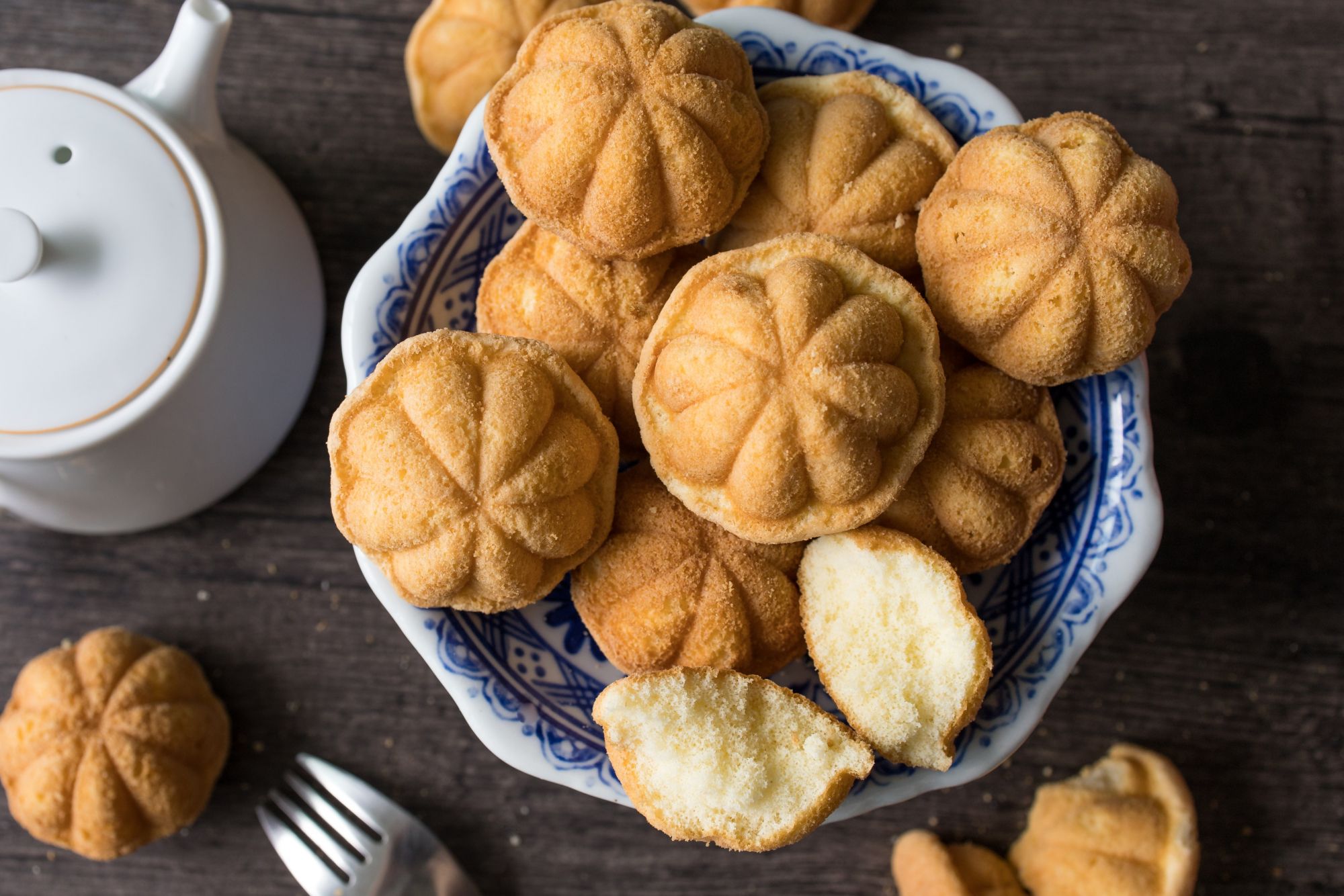These tasty local treats come in all shapes and sizes, yet all kuih share a rich history going all the way back to the 15th century
Diminutive in size yet vibrantly coloured, kuih is a category of desserts that can be found everywhere in Malaysia, from street markets to high-end eateries. There is a variety of kuih—most are sweet but some are savoury, such as kuih cara berlauk (minced meat coated in pancake batter) and cucur badak (sweet potato dumpling with dried shrimps).
“Kuih is a Malay word used to describe bite-sized snacks such as cakes, biscuits, bread and even porridge. The term is used generically to mean Malay desserts,” says Hidayah Amin, author of Kuih: From Apam to Wajik, a Pictorial Guide to Malay Desserts.
“However, during 1960s and before, the term kuih is referred to pencuci mulut, which literally means ‘to wash the mouth’ or dessert after every meal. These included jelly or traditional kuih. Nowadays, the definition of kuih encompasses biscuits and cakes.”
See also: A Taste of Home: Chef Ho Wai-Kong On His Favourite Eats In Malaysia

Writer, cookbook author and culinary instructor Christopher Tan has a more practical approach.
“Kuih can be boiled, baked, pan-fried, steamed, deep-fried, fermented, leaf-wrapped, slow-stirred and even sun-dried, or prepared with various combinations of the above processes. They can be sweet or savoury or finely balanced in between. They run a wide gamut. So clearly the qualifiers cannot be simply physical. Mostly, we know something is a kuih if we have been told since childhood that this is a kuih because history and tradition identify it as such,” says Tan, the author of The Way of Kuih.
Regardless, kuih has a culinary legacy going back to the 15th century. It flourished in Southeast Asia, developing from a combination of local ingredients and food brought over through trade or colonisation. Some say the name ‘kuih’ derives from the Hokkien ‘kue’, referring to traditional cakes made of rice flour or glutinous rice flour. Others say the name is from Zhangzhou, a Fujian dialect slowly incorporated into the region’s local languages.
Read more: Malay Sponge Cake: Where Is It Really From And The Best Places To Try It In Hong Kong



